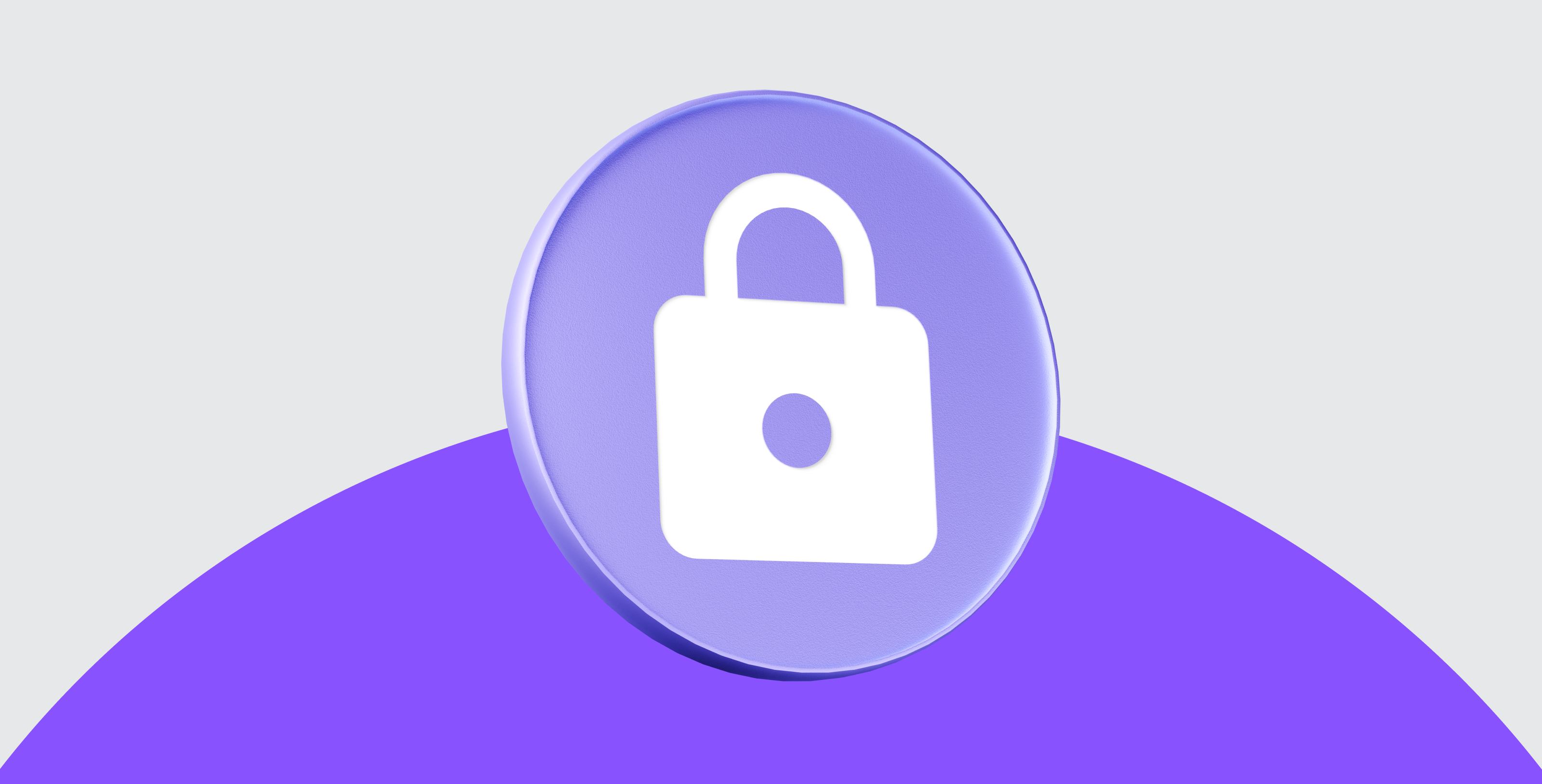What is Bitcoin?

Bitcoin is a popular digital currency that was invented in 2008 by an unknown person or group using the name Satoshi Nakamoto. In this beginner's guide, you will learn about Bitcoin and how it works. You will discover the basics of the Bitcoin blockchain, how transactions are recorded, how Bitcoin is created, and what gives it value.
What is Bitcoin?
Bitcoin was the first decentralised peer-to-peer digital currency, which means it operates without the need for a central bank or administrator. Transactions are verified by a network of nodes through cryptography and recorded on a publicly distributed ledger called the blockchain.
By removing intermediaries, Bitcoin allows for a monetary system that is self-custodied and secure with instant global transactions at a fraction of the cost.
What is the Bitcoin Blockchain?
The Bitcoin blockchain is a public ledger that contains a complete record of Bitcoin transactions - think of it as a giant shared accounting ledger. This public ledger is a continuously growing list of records, called ‘blocks’, that are linked and secured using cryptography. The blockchain is maintained by this vast network of computers called ‘nodes’ and ‘miners’, all of which have their own copy of the ledger and are spread across the globe.
How are Bitcoin transactions recorded on the blockchain?
When a Bitcoin transaction occurs, it is broadcast to the entire network of nodes. Each node verifies that the transaction is valid by checking two things:
- Does the sender have enough BTC linked to their address to do the transaction?
- Is the sender authorised to send the BTC?
Once the transaction passes both checks, it is considered ‘valid’ and moves into a pool with multiple other valid transactions waiting to be confirmed and added to the blockchain.
Special nodes known as ‘miners’ will package these valid transactions from the pool into a ‘block’. Once this is done, miners will compete to be the first to “mine” their block by trying to solve a complex mathematical problem. The first miner to solve this problem gets to share its block with the Bitcoin network. The Bitcoin node network will each begin to verify that the miner has solved the problem correctly and that the network rules were followed. If this is true, the nodes will add the winning miner’s block to their copy of the blockchain.
How is Bitcoin created?
Bitcoin is created through a process called mining. As stated above, miners use powerful computers to solve complex mathematical problems that verify transactions and add them to the blockchain. As a reward for their efforts, miners receive newly minted Bitcoins and transaction fees. The mining process is designed to be difficult and time-consuming to prevent anyone from gaining too much control over the network.
What makes it valuable?
Bitcoin derives its value from several key characteristics. In fact, Bitcoin may have the edge over traditional commodities and government currencies in many of these categories.
- Scarcity: The supply of Bitcoin is more limited than silver or gold and is hard-capped at 21 million coins. As of 2023, more than 19 million Bitcoins have been made available through mining. However, the number of Bitcoins released in each block is halved roughly every four years to maintain a finite supply (in an event known as the halving)
- Low inflation rate: Bitcoin has a lower inflation rate than silver or gold, and due to the halving event, Bitcoin’s inflation rate is halved roughly every four years. This means that as demand for Bitcoin increases, the supply rate decreases, and thus its value may also increase.
- Durability: A critical attribute of any currency is that it must be able to withstand repeated use. Bitcoin is durable because it is designed to be a decentralised, tamper-proof ledger replicated on hundreds and thousands of computers all over the world in order to guarantee its persistence. Bitcoin's private keys consist of alphanumeric characters that can be stamped into stainless steel, backed up, or divided into pieces, adding to their durability.
- Portability: Money should be easy to transfer from one place to another. Therefore the best form of money can travel at the speed of light at a moment's notice. With BTC, you can carry your entire wealth on a flash drive or transfer it instantly over the internet.
- Divisibility: The more that money can be split into smaller parts, the more it can accommodate the various scales of commerce within a society. While $1 can be divided into 100 pieces, a single Bitcoin can easily and instantly be divided into 100 million pieces. The smallest unit of currency is called a ‘Satoshi’, named after Bitcoin's creator. One BTC is equivalent to 100,000,000 satoshis.
- Fungibility: All money must be uniform and interchangeable with the next, just like how every $1 is exchangeable for another $1. Units of information-based money, like Bitcoin, are verifiably the same and interchangeable with every other unit of Bitcoin.
- Acceptability: In order for a currency or asset to be considered a reliable store of value, it must be widely recognised and accepted by people as having intrinsic worth — fortunately, thousands of individuals and vendors accept BTC payments.
Additionally, you can buy and sell BTC for other cryptocurrencies at brokerages like Altify, which are online 24/7.
Where can I buy Bitcoin?
At Altify, you can seamlessly buy, sell and trade Bitcoin for fiat currencies or other cryptocurrencies.




